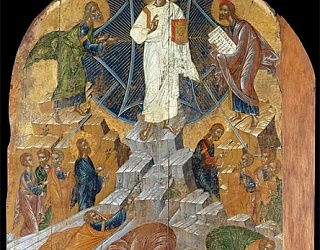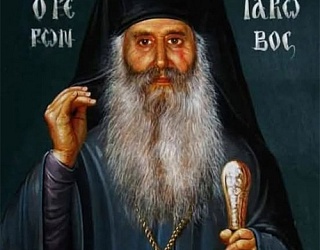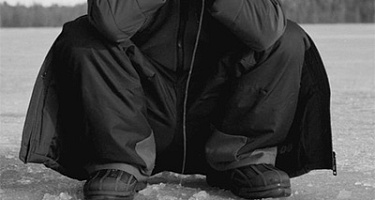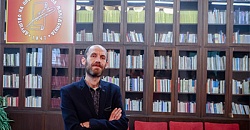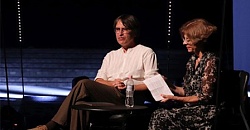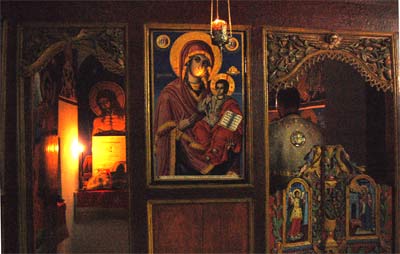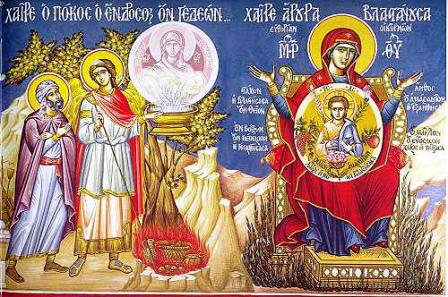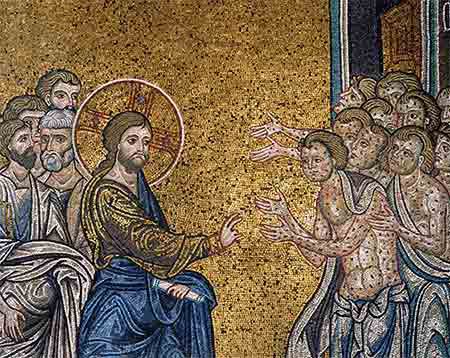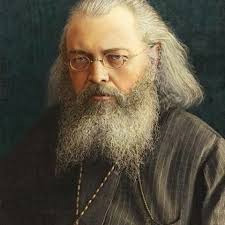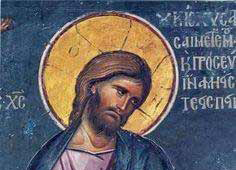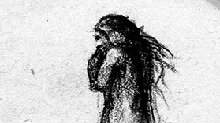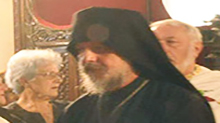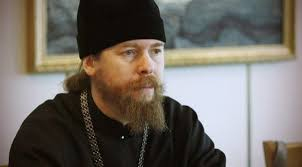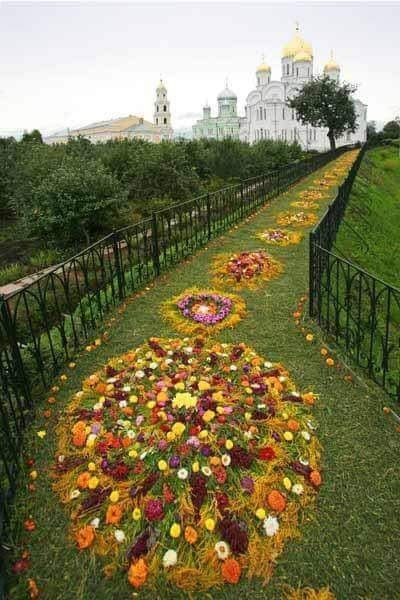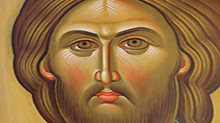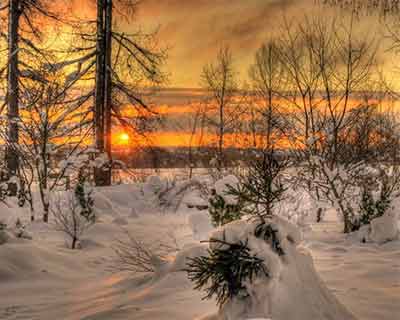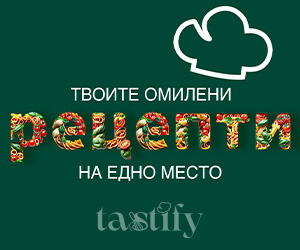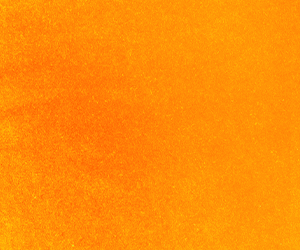Sidebar
Литература
Страница 3 од 3
Afrer-words from the book "The Portrait of the Image" by Sofija Grandakovska (Galikul, 2010)
Elizabeta Dimitrova: "The Portrait of the Image",
Or: Twelve Windows of the New Vista of "The Spiritual in Art"
At the onset of the second decade of the 21st century, the era that Arthur Clarke.s 2010: Second Odyssey defines as a time which fuses discovery and philosophy into one big humanistic game played by humanity itself, the race for essential resources, the invasive technological progress of science and the insatiable creativity of multimedial artistic performances, bring forth new research interests and understandings in all aspects of human conduct. The breakthrough of the postcolonial social efforts and the new world order, in terms of economic zones of interest, toppled by the progress into the endlessness of the powerful virtual mechanisms of the global communicative reality and the clash between modernism and post-modernity at the level of anthropological and cultural interpretations of contemporary art, are just some of the basic traits of the complex and chaotic chronological kaleidoscope which we call our epoch.
Within the context of these particular geo-political and technologically-commercial frameworks of the contemporary world, presenting themselves as the existential prerogatives of all that we call life, the humanities have grown into a luxurious decoration at the se-ams of survival, thus becoming an expensive ornament placed at the margins of reality.s cruelty. As such, they have lost their .renaissance provenance., their status as distinct guides through life.s labyrinths of knowledge, and have thus been transformed into a trendy addition to the popular debates within academia or during the night outings infine arts. aficionado clubs. Due to this, they have lost their primary function, namely . to nurture man.s spirit with the sweet nectar of knowledge, of and about himself, of his inspiration and imagination, of creation and creative exaltation, of the eternal search for beauty and goodness and of the greatness in art.s endeavors involving all of humanity. And yet, through the steep ravines of the contemporary social crises and economic recessions, under the covers of nationalist agonies and terrorist plots, the humanist explorations of .the chosen. enthusiasts reach the surface of the heaving waves of global politics, steering our attention towards the calm port of life.s values. Thus, above the clamor of war and the whirlwind of social calamity, artistic creation and creative manifestations, the restorative movements and the spiritual atmosphere of human communities leave their timeless imprint on the pages of the patiently created studies about man.s role in the cluttered universe of existence. Amongst them, Sofija Grandakovska.s "The Portrait of the Image"deserves a place of distinction.
The book, "The Portrait of the Image", by Sofija Grandakovska, PhD in General and Comparative Literature and one of Macedonia.s most decorated young authors and scholars, represents a worthy collection of twelve scholarly essays, previously published in eminent trade magazines dedicated to literary and linguistic studies, both at home and abroad, in several of the world.s cultural centers, or presented at conferences dedicated to literary, artistic or cultural themes. The collection unifies research carried out in twelve different, but not that far removed themes, all connected to the interpretation of literary phenomena, with the forms of artistic expression, with the process of the creative manifestation of the individual in the spheres of canonically set references, with the spiritual expression of the literary and the visual models of creation in the medieval and the contemporary epochs, and with the socio-cultural meanings of the sacred artistic practice for the comprehension of the Macedonian cultural heritage. Set within the areas of interdisciplinary cultural studies and as such, treating the different and provocative aspects of researching literary works and reflecting on their structural references as found in the many spheres of visual art, Sofija Grandakovska.s twelve essays represent a lively and exciting contribution to the development of the semiotic methods in the study of artistic creation. At the same time, they stand as an authentic and quite novel journey through the vast horizons of the cultural stratigraphy in Macedonia, encrusted through the centuries of the creative yearnings and lit by the sparks of the theologians, poets, fresco-painters and icon-masters.
Founded on the research efforts of the leading world theoreticians, as well as the author.s own lengthy studies and observations, the twelve essays which comprise the contents of the book "The Portrait of the Image" unify the following humanities. areas: archeology and its sub-disciplines, history of fine arts, art criticism, literary genres, cultural-historical analyses and the studies of the medieval church and contemporary spiritual culture in one contents-wise rich, methodologically innovative, and stylistically refined synthesis of ideas, understandings, literary images and narrative poetics. Furthermore, the plastic explication of the contents, the lively language of the author and the unobtrusiveness in the presentation of the results, make this book out into a true intellectual experience and a needed challenge for literary and art theorists, archaeologists and historians, ethnologists and cultural anthropologists, the greater reading public and all those followers of the humble yet animate language, but also due to the knowledge which reveals the interdisciplinary character of artistic creation in its various and myriad forms. Throughout the twelve scholarly pieces, presented as theoretical windows, open to the light of new research ideas, Sofija Grandakovska, poet and noted literary theorist, a didact and a renown literary critic, a good reader of the fine arts and an accomplished culturologist, offers a carefully conceptualized and ambitiously selected choice of themes, motifs, problems of science, research ideas and authorial interpretations.
The first window, "The Anonymous Creation in the Movable Archeological Material on the Territory of Macedonia", opens itself towards the understanding of the magical function of one leaden amulet found in the locality of the medieval town of .re..e, through a nuanced literary and structural analysis of the written prophylactic text. By revealing the secretive messages of the Old Slavonic words dedicated to the mystic dimensions of protection and healing, the author exposes the traditional form of the prayer discourse, im-printed on the ritual matrix of this rare literary-epigraphic medieval document.
The second window, "The Visual Semiotics of the Short Story: fresco-story", is focused on the exploration of the complex process of interaction between the various mediums of artistic creation. By analyzing the visual narrativity of Biblical verses and their meaning in the process of forming the medieval visual matrixes, the author chooses the opulent structure of .The Communion of the Apostles., displayed in the altar space of The church of Saint George, in the village of Staro Nagorichino, for one of her complex and
demanding semiotic analyses. The design of the scene, its structural components, the optical parameters and the visually-aesthetic solution in and of itself, in this essay by Sofija Grandakovska, are turn into elements of a literary story with multi-faceted symbolism, inspired by the subtle didactics of the New Testament verses and narrated by the skillful strokes of the painterly brushes of the Nagorichino Masters.
The third window, "Munoz and Sampayo. Comix. Cortazar. (A Unity Dreamt by its own Provenance)", testifies to an interest invested in the exploration of the Western European matrixes, and as such analyzes the literary and the artistic through the polyvalence of the literary-artistic expression found in comic as a form of art. Plodding through the spheres of an inventively designed visual narrative, dedicated to the phantasmagoric dimension of Julio.s Cortazar work, Grandakovska displays her knowledge of, not only contemporary Latin American prose, but also the different ways in which it may be put to use while creating the exciting forms of the commercially successful popular culture.
The forth window, "Memory and Prayer", reveals the subtle semiotic strands of the prayer discourse and its anthropological dimension, through the four representative examples coming from the spectrum of the contemporary Macedonian poetry. From the colossal flux of the human spirit in the search of eternal virtue, as found in the master-piece .Prayer. by Bla.e Koneski, through the poetic invocation of the verses by Katica Kjulavkova, and the Old Testament-based memory-prayer element in the work of Mihail Rendzov, all the way to the sophisticated exclamation of the poetic speech of Metodij Zlatanov, the author of this essay, carefully, conjures the components ofan explicative analysis of the literary forms of the prayer, thus foregrounding for us the cosmic dimensions of this, the oldest spiritual monologue of humanity.
The fifth window, "Image, Text or Speech", examines the divine within the artist and analyzes the artistic dimension of the categories of the divine. Starting with the literary semiotics of Biblical texts, and going through the wondrous world of the medieval icono-graphic manifestations of Biblical soteriology, Grandakovska depicts the complex dialogue between word and image, based on the iconic principles of the sacred context of visual presentations.
The sixth window, "Embroidery as a Global Semiotic Sign", reveals the sacred structural units of the traditional Macedonian embroidery, by examining the semiotic references of the monu-mental symbolism in Bla.e Koneski.s "The Embroideress". By weaving out the components of a complex dialogic structure (.Two cherished threads unpick/from the depth of your heart /and weave them into /fulfilling their part: /A black one to mourn of fearful sorrow unsaid /A red one to tell of yearning, longing and dread.), one of the most beautiful poems in the contemporary Macedonian literary produc-tion, the author discloses and vivisects the semiotic nucleus of the eternal dichotomy of existence and death.
The seventh window, "The Biblical motifs in Macedonian Literature", represents an essay on the character and meaning of the Biblical motifs and their creative transformation and utilization, through the forms of the translated medieval literature, through the forms of the epoch of the Enlightenment, all the way to the forms of the contemporary Macedonian literature.
The eighth window, "A Mytho-critical Reading of the Visually Imaginative Symbolism of Vladimir Georgievskii", is a superb semiotic analysis of two works from the opus of the above named contemporary Macedonian painter, which fuses the visual forms of the compositions, the structure of the aesthetic expression, the symbolic assembly of the iconographic components and the complex configuration of the optical effects, into an essayistic expression, worthy, if not even greater than the artistic idiom of Geogrievski himself.
The ninth window, "The Strumica Carnival and its Semiotics of Universality", is the window of little Sofija, in her home town, in her room and in her burning imagination and curiosity, with which she passes on to us the exaltation of the collective cultural performance by her co-citizens, sublimated in the traditional manifestation of the rhythmically-mimetic carnival.s pomp and circumstance. By analyzing the procedural form of the carnival.s activities, through an examination of the archetypal traits of the event, and by delving into the mythic dimensions of its universal referentiality, Grandakovska fore-grounds for us the cosmic model of the performance models, which in turn may be found within the fundaments of the rituals of carnival on the streets of Strumica. The tenth window, "Triptych: New Understandings of the Historical Continuity and Identity of Nuns in Macedonia (XIV-XVIII Century)", exposes the sacral atmosphere of a vibrant spiritual center in Medieval Macedonia, by examining the monastic privileges of the commissioners of the church of Sts Constantine and Helen in Ohrid. By studying the role of the Lady-commissioner Marija, based on a number of preserved historical documents as well as visual evidence supporting her donor benefits, Sofija Grandakovska foregrounds and analyzes the question of the identity status of nuns during the centuries of the late Medieval epoch.
The eleventh window, "A Multiplied Literary Story: a Biblical Text, a Master from Nerezi, the Italian Renaissance and Macedonian Contemporary Poetry", opens to a comparativist analysis of the humanist tendencies in the various mediums of artistic creation, through the semiotic configuration of the ancient textual prerogatives, the Byzantine history, the late-gothic paintings and modern poetic inspiration. The exalted sentimentality of Nerezi.s .Lamentation., the sacral glory of the mastery of Giotto in the Arena Chapel in Padua and the sensitive poetic tonality of Mihail Rendzov, in this essay are sublimated into a story of the cosmic dimension of humanism in the master-pieces of the world.s artistic production.
The twelfth window, "The Priesthood of the Woman - Denominator, of the Maternity", represents a study of one of the cultural phenomena of Biblical and contemporary history, seen through the prism of its social, anthropological and cultural significance. Through a careful study of the dichotomous structure of the Old Testament tales about the role of the male and the female principle in the Genesis story, through the analysis of the soteriological dimension of the New Testament didactics, all the way to an immediate research contact with contemporary nuns in Macedonia, Sofija Grandakovska, in this essay, presents herself as one of the most committed and most versed academic authorities dealing with the issue of .female spirituality..
The author.s studious approach while elaborating the chosen research challenges, configured as such through an inventive collection of twelve scholarly pieces, twelve windows open to the innovative approach towards humanistic phenomena and their interpretation, turns this book into a serious study of the pathways of artistic creation, of the inspiration from the symbolism in the Biblical epics, of the fine arts. aesthetics in the medieval works and of the delicate processes of the creative symbiosis between the spiritual and its manifestations. On the other hand, the picturesque expression of themes and life, the dynamic authorial approach towards the explication of the multiple motifs and references, resounds with the energy of a subtle literary style, rich with contents and engaging in the ways of communicating with its audience. Along those lines, the analysis of the epigraphic markings and their interaction with the literary genre.s reference of the text written on the archaeological find in the village of .re..e, the nuanced examination of the historical and social identity of the female monastic life in Byzantine Macedonia, the master-ful semiotic discourse inspired by the colossal literary-aesthetic composite in the scene of .The Lamentation of Christ. and the vivid definition of the literary phenomena through the visual context of the representation of .The Communion of the Apostles., are just some of the extraordinary qualities this book possesses, a collection which, quite skilfully, delves into the sombre spheres of scientific explications, while at the same time, never relinquishing its refined tonality, of a poetically subtle authorial voice.
Representing a valuable sample which affirms the contemporary principles in the study of humanity.s cultural and artistic legacy, the book, "The Portrait of the Image", by Sofija Grandakovska, is not just another collection of essays which testify to the impressive research interests and abilities of its author, nor simply an impressive composite of twelve varied stories on the spiritual and the artistic. If we take Kandinsky.s word to be true, that .each period of a civilization creates an art that is specific and unique, then we can say that "The Portrait of the Image" is an unique study on the art of the Christian civilization and of the creative values specific for the Medieval Era.
Видео содржини
Наука и Култура
Јули 20, 2025
Ставови
274
Денес, кога болката е наша
Во Гетеборг, 1998 година, огнот го изгасна животот на 63 млади.Но подолго траеше тишината. Недостигот на план. Отсуството на глас за преживеаните.Таа трагедија ја натера Шведска да го редизајнира системот.
Април 17, 2025
Музика
895
ЈУБИЛЕЈ НА МУЗИКАТА - X ИНТЕРНАЦИОНАЛЕН ФЕСТИВАЛ ПОЛИХИМНИА 2025
Од 11.04 - 15.04. 2025 год. во Скопје по десетти пат се одржа Интернационалниот фестивал на класична музика Полихимниа 2025. Единствен од ваков вид во нашата земја и оригинален по својата содржина и оваа година фестивалот се обиде да ги обедини најдобрите…
Интервју со Живко Грозданоски: ДПМ може да дејствува гласно, сложно и независно
Ми се чини дека надворешните предизвици, како на пример отсуството на соработка со некои…
„РАДОСТА НЕ ДОАЃА САМА, ТАА МОЖЕ ДА ЈА ЗАСЕНИ ТАГАТА“ Академик Ќулавкова добитничка на наградата „Браќа Миладиновци“ на СВП
Пред 35 години, август 1989-та, ми беше доделена првата награда за најдобра поетска книга…
По премиерата на новиот филм „The Walk“ во Њујорк на двојната кандидатка за Оскар - Тамара Котевска
Работејќи од нејзините разговори со Асил и другите деца бегалци, режисерката направи…
Наум Доксевски, кинематографер на „Домаќинство за почетници“: Со Горан бевме согласни дека најважно е да ја доловиме емоцијата на платното
На денешната прес –конференција екипата на филмот „Домаќинство за почетници“, кој беше…



